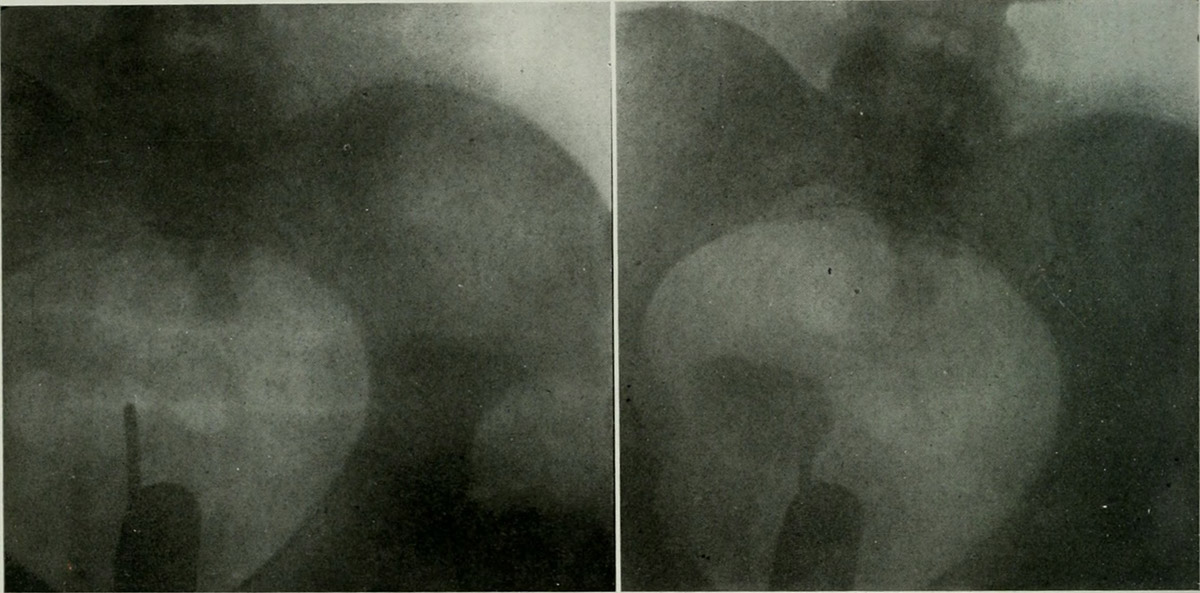
History
Given the presence of various, and numerous issues and problems that many women come face to face in the course of the menstrual cycle, nobody can blame them for not paying much attention to the cramps and their possible causers. But even despite this fact, the greatest majority of women is more than aware of the severity of pain that accompanies this unwanted and more than unpleasant type of cramps. Therefore, many of them have learned to live with it, one way or another, whereas other women appear to experience more intense and severe pain each time around. Of course, others always just keep wondering why has something like this befallen them.
Most common culprits
Perhaps some women are not that familiar with the entire process, but each month their uterus gets ready for a probable pregnancy and it does so by building up the inner lining. This particular phase/period is known as ovulation and once this is over, in case an egg does not become fertilized by a sperm, pregnancy seizes to be possible making the above mentioned lining excessive. Upon “realizing” this, a woman’s body decreases the overall production of estrogen and progesterone, which marks the onset of the swelling of this inner lining. At one time the lining in question breaks and is soon excreted in the form of the menstrual flow. Once this is over, the entire cycle keeps on repeating until the pregnancy takes its place. But this is not all, for when the breaking of this inner lining starts, there also occurs the releasing of compounds/hormones such as prostaglandins that are directly related to the occurrence of inflammation and also more intensive pain. The molecular compounds in question are also responsible for uterus contractions, as well as for hindering the blood supply that the lining needs. Since this lining has a rather short life span, by means of contractions our body attempts to excrete the remaining of this dead tissue, thus inducing the menstrual cramps as well. Other most common and most frequent culprits are also regarded to be conditions such as endometriosis, cervical stenosis, as well as bacteria transmitted by means of a sexual intercourse (also known as the Pelvic Inflammatory Disease), adenomyosis, lack of physical exercising and activity, intensified emotional state of the person in question, and also the improper levels of prostaglandin.
Treatment methods and remedies
The most effective methods in relieving this particular type of pain are getting enough rest, regular physical exercise (it does not have to be some intensive programme, but, it can be in the form of a short walk), use of hot pads, stomach massage, yoga and painkillers as a last resort.








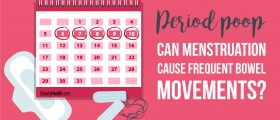

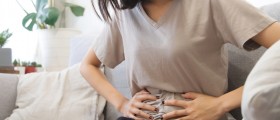
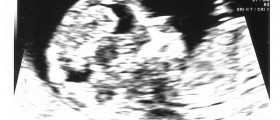



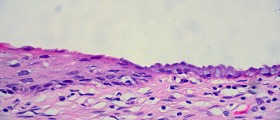

Your thoughts on this
Loading...